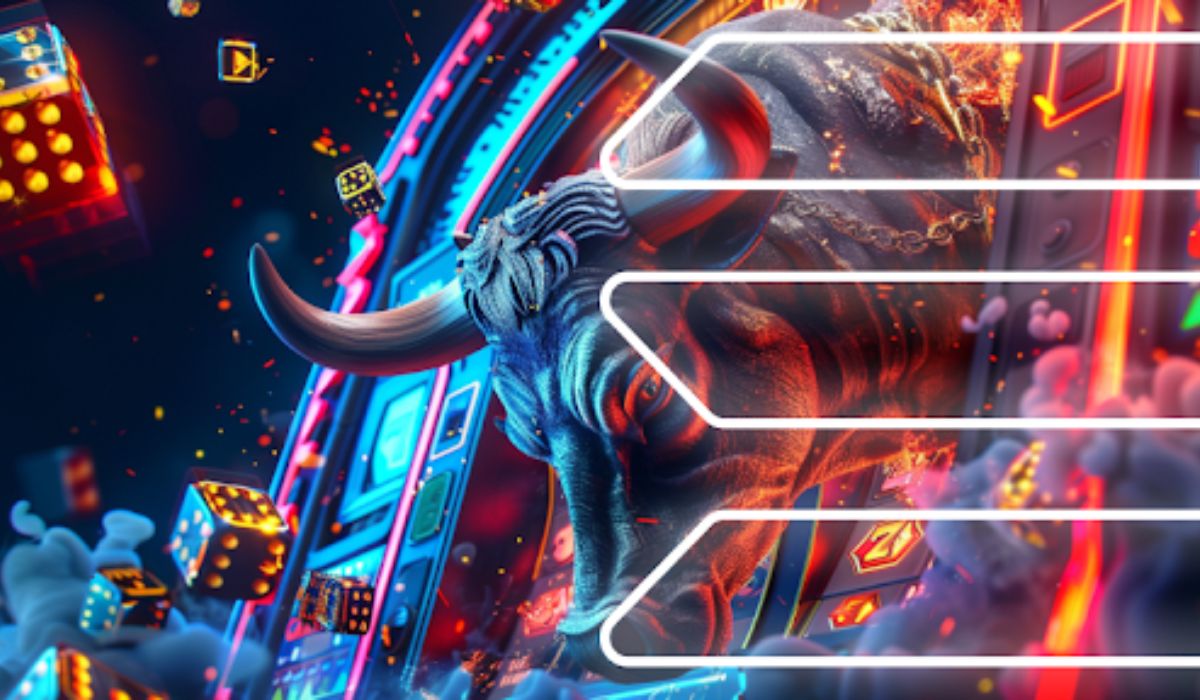Crypto Will Rule Finance In The Artificial Intelligence Age, Top VC Investor Says
A world brimming with AI-powered robots that wash our dishes and mow our lawns may be just around the corner. Obviously, geopolitics might interfere with this bright vision, but let’s hope for the best. Anyhow, in a world of leisure, where everything’s handled by superintelligence and its physical agents, there’s little space for traditional money.
Still, the question arises: how do you create scarcity in the world of abundance? The answer is cryptocurrency, says Balaji Srinivasan, an entrepreneur, investor, the former CTO of Coinbase, and the former general partner at Andreessen Horowitz, the first VC firm by assets with $42 billion under management as of May 2024.
Srinivasan’s claim is straightforward: “MONEY AFTER AI IS CRYPTO.” goes the title of his recent post on X (Twitter). The investor contends that “cryptocurrency is what’s provably scarce in the age of AI abundance,” allowing humans to prove they’re human “when AI tools for faking humanity are abundant.” This may be the core benefit of cryptocurrencies in the age of robots. There’s another one nearly as or equally important, though.
Crypto offers provable scarcity in a world where AI makes labor abundant. Money bridges economic divides. You can use the robot you own to perform labor for you, but your robot may have to use another person’s or company’s robot to get the job done. It’s unlikely robots will exchange cash or even use money transfers. Crypto solves the problem best – sending a coin unlocks, say, the drone you need, no matter who owns it.
Another important thing to consider is the layered nature of scarcity in the AI/robot age. “Scarcity at a high level doesn’t go away, so money doesn’t go away,” Srinivasan observes. While robots may replace dishwashers, the resources to build them – rare earth metals, power plants, etc. – will remain scarce, and cryptocurrencies are necessary to deal with this scarcity.
The ultimate scarce resource is control over robots. Secure web3 blockchains like Bitcoin and Ethereum offer the best protection for the private keys that unlock the robotic workforce, Srinivasan asserts. The bottom line: AI creates digital abundance, but crypto offers the crucial counterpart – digital scarcity. Consequently, cryptocurrencies become the universal form of money and the key to unlocking a world of automated convenience.
How does that sound?
Not everyone agrees with Srinivasan’s take on the matter. Check the comments under the original post for counterarguments.





